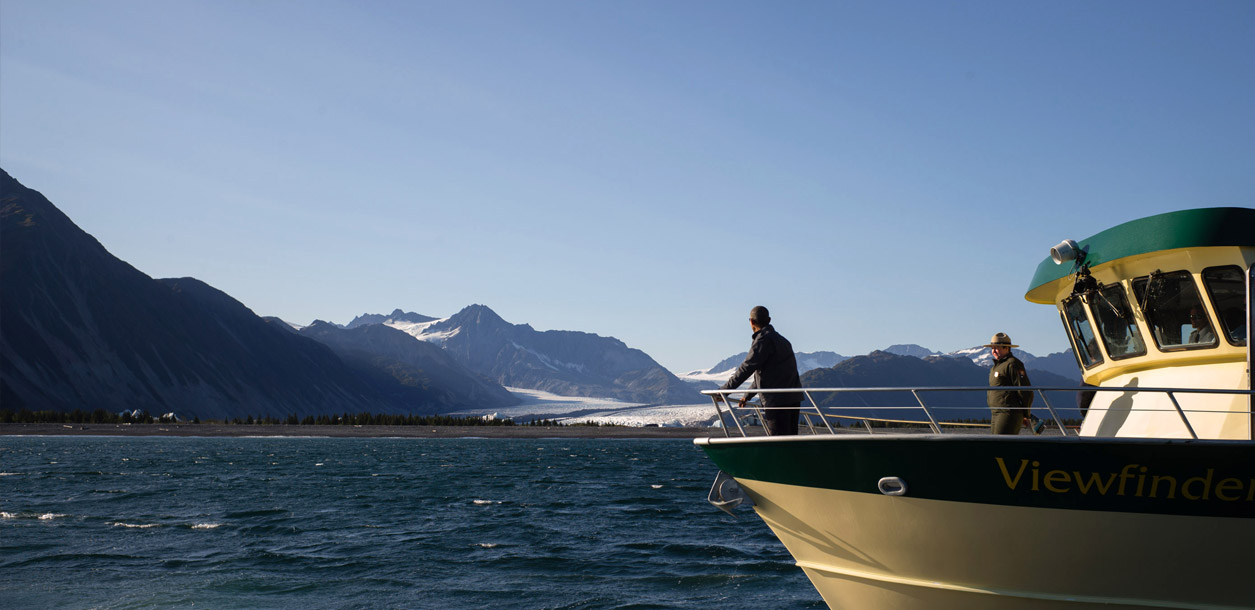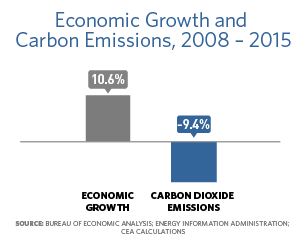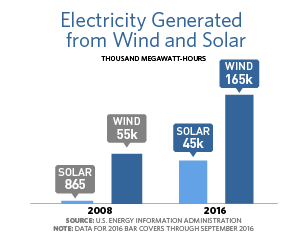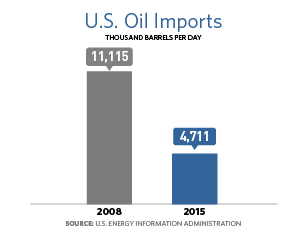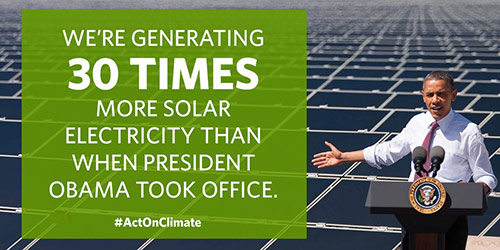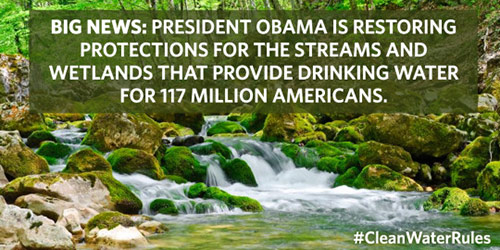President Obama asked each member of his Cabinet to write an Exit Memo on the progress we’ve made, their vision for the country’s future, and the work that remains in order to achieve that vision. Here are their key points on the work ahead to protect the environment and address climate change.
Leading the Global Community in Fighting Climate Change
“We can build on the foundation of Paris by helping ensure countries take action in a manner that supports their development and the U.S. economy, and we can lead the world in developing and deploying the clean technologies that will create jobs and drive major investment over the coming decades. The international community expects nothing less – and will react in a highly unfavorable manner if we abdicate our responsibility.”
—Secretary Kerry
Reducing Harmful Emissions
“To continue to reduce air pollution, the agency will need to address a myriad of environmental concerns. This includes addressing emerging air quality challenges related to diesel emissions and the various forms of transportation used in and around our marine ports. In the years ahead, there will be a continued focus on technological approaches to address vehicle emissions—manufacturers and the market will continue to trend toward greater utilization of electric and zero-emission vehicles. And as the world changes and evolves, we must be prepared to participate in future conversations about carbon markets and emissions trading programs.”
—Administrator McCarthy
Transitioning to a Clean Energy Economy
“To achieve the deep decarbonization necessary later in the century, we need an economy-wide approach that focuses on each of the major sectors that use energy: electricity, buildings, transportation, and industry, along with large scale carbon management. An approach that combines significantly increased investment in innovation with smartly-designed public policies will accelerate the transition to a clean energy economy, promote American leadership in clean energy technology development and export markets, and create new U.S. jobs.”
—Secretary Moniz
Managing our Nation’s Energy Resources
“The Department [of the Interior] must continue to manage our nation’s energy resources with taxpayers, climate change, the environment, and communities all in mind. This mandate includes devoting resources and expertise to ensure the coal program review is comprehensive, on time, and provides answers to complex questions – while also working across the government to provide assistance to coal communities. This includes extending similar analysis and reforms to other fossil fuels. This includes ensuring American taxpayers are getting the maximum benefit from development of their resources by continuing to take a hard look at royalty rates. And it includes picking up the mantle on bonding requirements for industry, ensuring that companies can’t walk away from their reclamation obligations. With high-level engagement and additional resources, the Department will be well-equipped to continue our progress toward a sustainable and self-reliant energy future.”
—Secretary Jewell
Protecting and Conserving our Sacred Natural Resources
“As we look to the next 100 years of conservation, we face immense challenges. Climate change threatens our lands and waters in existential ways. A growing population, coupled with stretched budgets, puts more demand on our natural, cultural, and human resources. We have laid a solid foundation to meet these challenges, and encourage our successors to continue to ensure the sustainability of our land, water, and wildlife for the next century and beyond.”
—Secretary Jewell
